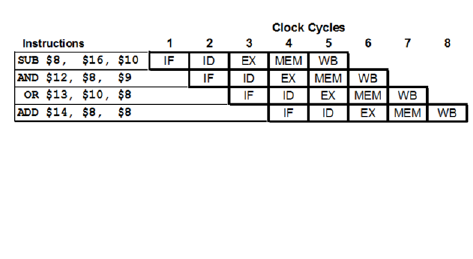Data Hazards and Forwarding Solutions
Computer Architecture
Abstract
In this activity, students will learn how to identify data hazards between MIPS assembly instructions, and will discover how forwarding can be used to handle these data hazards. This activity was designed for use in a Computer Architecture course that incorporates the MIPS datapath. However, it could be used for any course that introduces pipelining, with slight modifications.
After completing this activity, students should be able to:
- Identify data hazards between MIPS instructions being executed in a pipeline.
- Identify the pipeline register that holds the correct, modified value of a register
- Identify the instruction and stage where the correct, modified value of a register will be forwarded to
This activity was developed with NSF support through IUSE-1626765. You may request access to this activity via the following link: IntroCS-POGIL Activity Writing Program.
Level: Undergraduate
Setting: Classroom
Activity Type: Learning Cycle
Discipline: Computer Science
Courses: Computer Architecture
Keywords: data hazards, MIPS pipeline data hazards, data hazard detection, data hazard detection rules, forwarding unit

Downloads
Published
How to Cite
Issue
Section
License
Copyright of this work and the permissions granted to users of the PAC are defined in the PAC Activity User License.

